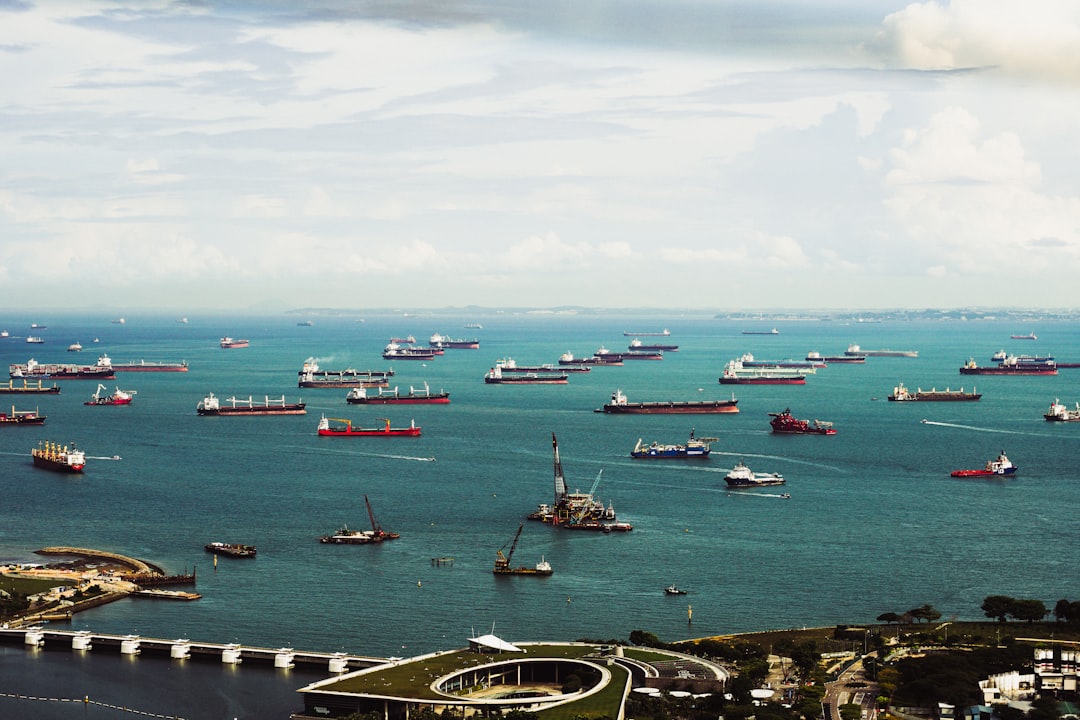In today’s globally interconnected marketplace, efficient logistics are no longer a luxury—they’re a necessity. Successfully navigating the complexities of moving goods requires a sophisticated understanding of both maritime and land logistics, and a robust strategy to integrate them seamlessly. This post delves into key strategies for optimizing your supply chain, ensuring your goods reach their destination on time and within budget.
1. Optimizing Maritime Freight: From Port to Port Efficiency
Maritime transport remains the backbone of global trade, responsible for the bulk movement of goods across oceans. Optimizing this leg of the journey is crucial. This involves several key considerations:
- Carrier Selection: Choosing the right shipping line is paramount. Factors to consider include reliability, transit times, vessel capacity, and pricing structures. Analyzing historical data and considering factors like fuel surcharges and potential port congestion is vital.
- Route Optimization: Selecting the most efficient route involves considering factors like distance, transit times, potential weather disruptions, and canal transit fees (Suez Canal, Panama Canal). Utilizing advanced route planning software can significantly improve efficiency.
- Container Management: Efficient container management is key to minimizing delays and costs. This includes proper packing, securing cargo to prevent damage, and accurate documentation to ensure smooth customs clearance.
- Port Operations: Understanding port infrastructure, operational procedures, and potential congestion is crucial. Working with experienced port agents who can facilitate smooth customs clearance and cargo handling can significantly reduce delays.
2. Efficient Land Transportation: Bridging the Gap Between Ports and Destinations
Once goods arrive at a port, efficient land transportation is essential to get them to their final destination. This stage involves a variety of modes, each with its own advantages and disadvantages:
- Trucking: The most common mode for short-to-medium distances, trucking offers flexibility and accessibility. However, factors like fuel costs, driver shortages, and traffic congestion need to be considered.
- Rail Transport: Ideal for long distances and large volumes, rail transport offers cost-effectiveness and reduced environmental impact compared to trucking. However, it might lack the flexibility of trucking.
- Intermodal Transportation: Combining different modes of transport (e.g., sea, rail, and road) can optimize efficiency and cost. This requires careful planning and coordination between different carriers.
3. Integrated Warehouse Management: Streamlining the Storage and Distribution Process
Effective warehouse management is critical for ensuring smooth flow of goods. Strategies for optimization include:
- Warehouse Location: Strategic warehouse placement minimizes transportation costs and transit times. Proximity to major transportation hubs and customer bases is essential.
- Inventory Management: Implementing robust inventory tracking systems ensures accurate stock levels and prevents stockouts or overstocking. Techniques like Just-in-Time (JIT) inventory management can be highly effective.
- Warehouse Layout and Technology: Optimizing warehouse layout and implementing technologies like Warehouse Management Systems (WMS) and automated guided vehicles (AGVs) can drastically improve efficiency and reduce labor costs.
4. Last-Mile Delivery Optimization: Ensuring Timely and Efficient Final Delivery
The final leg of the journey, last-mile delivery, is often the most expensive and challenging. Strategies for optimization include:
- Route Optimization Software: Utilizing software that optimizes delivery routes based on real-time traffic conditions and delivery schedules can significantly reduce delivery times and fuel consumption.
- Delivery Network Design: A well-designed delivery network considers factors like delivery density, customer locations, and available resources to ensure efficient delivery operations.
- Alternative Delivery Options: Offering customers various delivery options, such as same-day delivery, scheduled delivery, or pick-up points, can enhance customer satisfaction and flexibility.
5. Technology Integration and Data Analytics: Driving Strategic Decision-Making
Technology plays a pivotal role in modern logistics. Integrating various systems and utilizing data analytics can significantly improve efficiency and decision-making:
- Transportation Management Systems (TMS): TMS software integrates and manages all aspects of transportation, from planning and execution to tracking and reporting.
- Global Positioning System (GPS) Tracking: Real-time tracking of shipments enables better visibility and allows for proactive management of potential delays.
- Data Analytics: Analyzing data from various sources (e.g., TMS, WMS, GPS tracking) provides valuable insights into performance, identifies areas for improvement, and supports strategic decision-making.
By implementing these strategies and leveraging the power of technology, businesses can significantly optimize their maritime and land logistics, leading to cost savings, improved efficiency, and enhanced customer satisfaction.
Tags: maritime logistics, land logistics, supply chain management, logistics strategies, freight transportation




